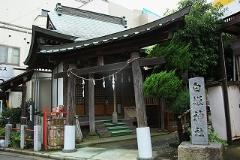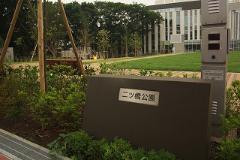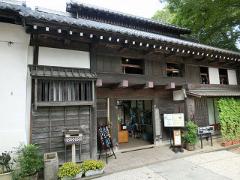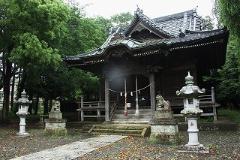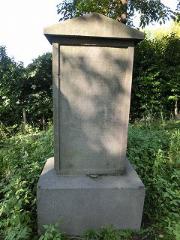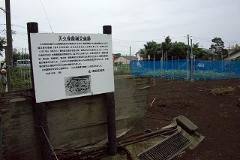- Yokohama-shi Top Page
- Seya Ward Top Page
- Introduction of the ward
- History and Cultural Properties in Seya Ward
- Seya Oldness and History Walkway
- Nagayamon and Akuwa Historic Site Course
- Nagayamon and Akuwa Historic Site Course
Here's the text.
Nagayamon and Akuwa Historic Site Course
Last Updated April 10, 2020
Nagayamon Park, where you can explore the history and nature left in Seya, has a history experience zone centered on old private houses that retain the remnants of the Edo period, and a nature observation zone centered on forests and walking paths. This course invites you to a journey of history, including Tomb Mountain, the grave of the Ando family, the lord of Akuwa, the oldest shrine in Seya Ward, Kumano Shrine, and the ruins of Okubohara Jomon.
Nagayamon / Akuwa Historic Site Course Map
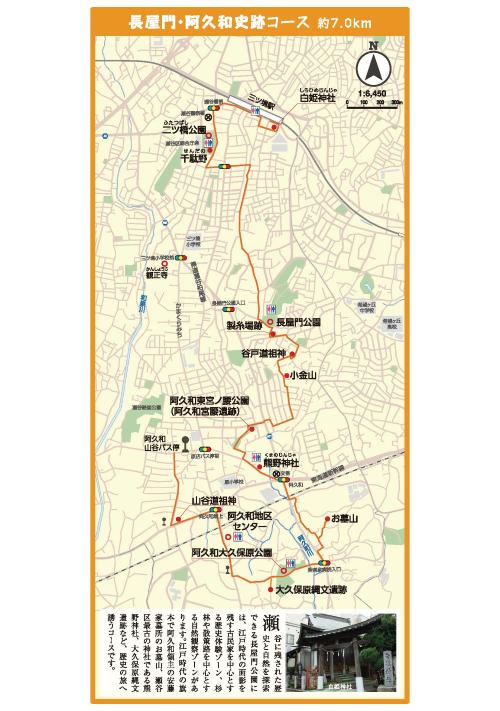
Highlights of Nagayamon and Akuwa Historic Site Course
| Name of historic sites, etc. | Information |
|---|---|
| Shirahime Shrine | In 1909 (1909), a shrine was founded in Akuwa, worshiping the god of clothing at the outer shrine of Ise Grand Shrine, and whose body was the god of silkworms. At that time, the village was active in the sericulture and silk industry.
|
| Sendano (Futatsu Bridge Park) | In 1596 (1596), it is a place name derived from the collection of Kaya Senda (1 ta is the cargo of one horse) used for the roof of the Fujisawa Goten (the palace of the Tokugawa Shogunate).
|
| Nagayamon Park | There is a history experience zone and a nature observation zone, which opened in 1992 (1992).
|
| Kumano Shrine | The forest around the Heian period is considered a sacred place, and it is said that the company was built during the North and South Dynasties. In the Edo period, the lord Ando family of Akuwa protected and prospered, and the current shrine was built in 1873 (1873) and is decorated with numerous sculptures.
|
| Mt. grave | It is called "Tomb Mountain" because it is the Ando family grave of the lord of Akuwa Hagimoto during the Edo period. There are tombs of the 3rd lord, Shojin, the 4th lord, and the ancestral monument of the first lord, Shoji.
|
| O-Kubohara Jomon Site | In this plateau, pieces of pottery have been discovered for a long time, and pottery pots from the late Jomon period have been excavated in the early Showa period.
|
You may need a separate PDF reader to open a PDF file.
If you do not have it, you can download it free of charge from Adobe.
![]() To download Adobe Acrobat Reader DC
To download Adobe Acrobat Reader DC
Inquiries to this page
Seya Ward General Affairs Department Regional Promotion Division Residents' Cooperation Promotion Section
Telephone: 045-367-5694
Telephone: 045-367-5694
Fax: 045-367-4423
Email address: se-kyoudou@city.yokohama.jp
Page ID: 288-437-426










